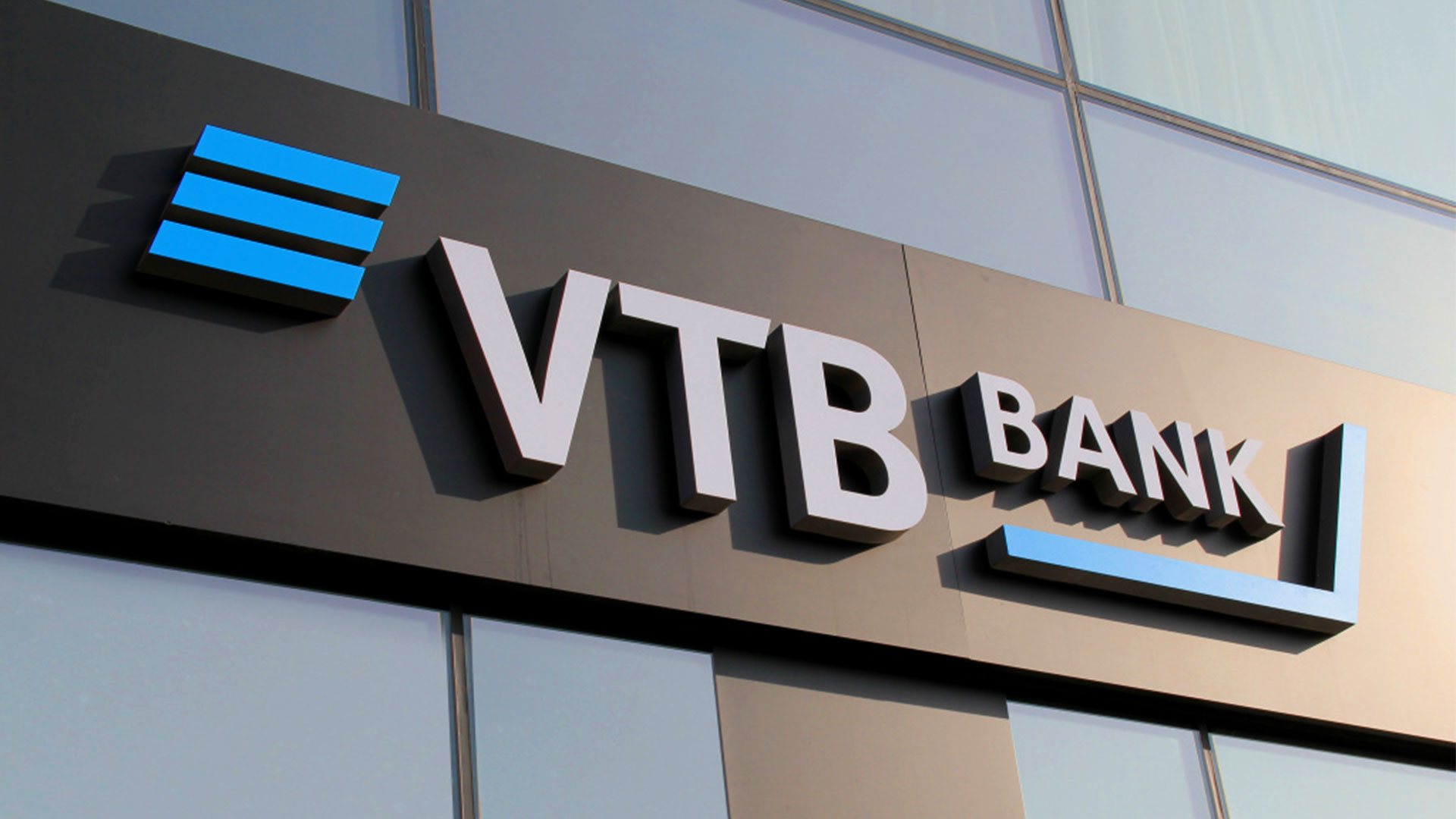
Credit Unions reflect an unique financial fabric in Canada’s economy. These age-old financial institutions were among the first pioneers in introducing financial discipliee and ownership among individual members and communities they serve. Age has indeed caught up with these gems and their legacy is at the risk of losing its identity. A key factor that has accelerated this risk is Cybersecurity, largely as a result of the continued usage of legacy banking systems.
Let us look at this problem again.
Key challenges in Canadian Credit Unions:
- Limited budgets & legacy technology. This is especially alarming in smaller Credit Unions as they operate legacy systems that need expensive maintenance programs, frequent patching / upgrades. Needless to mention, GenAI-powered phishing and ransomware exploitations of such setups compound Cyber risks.
- Talent shortages. Credit Unions find it challenging to invest in top-class talent, especially in designations such as CISO, CTO, CIO. Underrated skill levels and small, overburdened information security teams are common.
- Vendor / Supply Chain issues. Smaller Credit Unions rely heavily on third-party technolgoy providers for both software and infrastructure, with minimal vendor oversight practices. Breaches through vendor services are an increasing concern and more often than not, go unnoticed.
- Fragmented incident reporting. There is no standardized incident reporting methodology in the Credit Unions. Further, the ability to proactively monitor and identify Cyber incidents is lacking, or at best, sporadic.
- Demands from Cyber insurars Cyber Insurers demand strict controls (e.g. MFA, robust patch and vulnerability management, and log management). Insurance is subjective and is often embedded in narrow coverage and / or a long list of exclusions in policies. Claims dispute, delays in payouts, and long-drawn investigations are common.
What are Credit Unions doing?
It is refreshing to see canadian credit unions proactively adopt cyber governance and training, largely in response to regulatory and compliance requirments. However, their limitations related to size, asset base, fragmented service areas and concentrated vendor risks threaten their resilience to cyber attacks.
The role of Canadian Credit Union regulators:
This situation provides an unique opportunity for Canadian Credit Union Regulators, both provicial and federal (FSRA in Ontario, CUDGC in the Prairie provinces, and OSFI at the Federal level) to strengthen Credit Union defenses by guiding Credit Unions in various areas. A few of these are:
- Standardize Credit Union Cyber risk postures on lines similar to that followed by their banking counterparts. This can include shared incident response services, Cyber insurance underwriting guidance, and central Cyber skill hubs.
- Adopt consistent reporting methodoligies. This can include consistent usage of definitions, triggers, reporting timelines across federal and provincial regulators.
- Enforce rigorous vendor oversight. This can include enforcing vendor risk due diligence frameworks and their integration into Credit Union policy requirements.
- Ensure policy transparency. This can include assiting with clarity on coverage mandates , notably around Cyber threats such as ransomware, data exfiltration, and weak Cyber defense mechanisms.
- Enhanced Cybersecurity awareness at Board and Management levels. This can include building Credit Union specific ecosystems for cyber skill development programs and board-level training initiatives.
So, what awaits Canadian Credit Unions?
While Credit Unions recognize their challenges, their avenues to address these challenges are limited. Nevertheless, consortiums of Credit Unions such as CCUA and LCUC can play a significant role in easing the burden of not just compliance but also in managing Cyber risks. Credit Unions can establish and leverage such shared resources and benefit from operating as a consortium against Cybersecurity risks.
About This Article
This article is compiled by Financial Technology Frontiers, based on industry research, conversations with Credit Union leaders and observations of the developments in the Canadian Credit Union system. Written in an accessible format, this article’s aim is to raise awareness about Credit Unions in Canada, their challenges and the way forward.
About Financial Technology Frontiers
Financial Technology Frontiers (FTF) is a global media-led fintech platform dedicated to building and nurturing innovation ecosystems. We bring together thought leaders, financial institutions, fintech disruptors, and technology pioneers to drive meaningful change in the financial services industry.
Editorial Credits: Narasimham Nittala.




